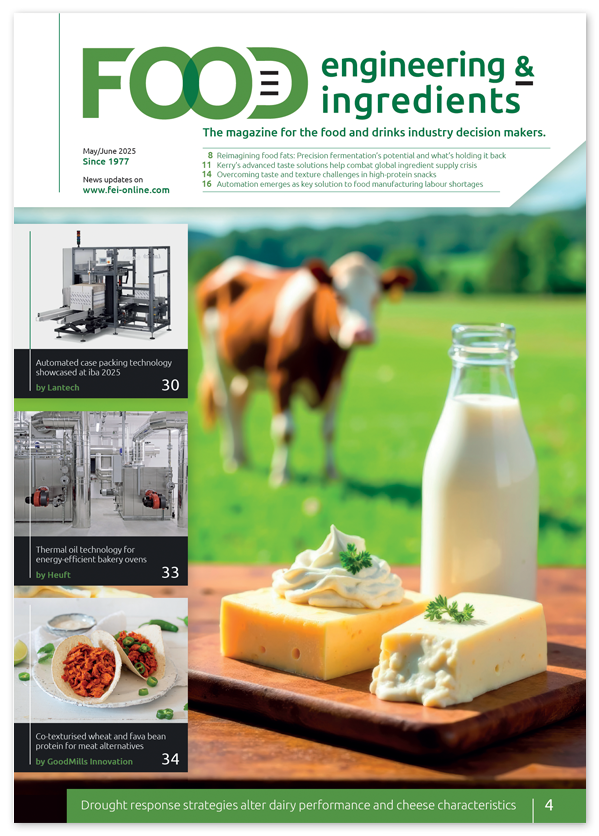High speed analysis of monosaccharides and disaccharides in soft drinks by ELSD-LT III
Saccharides show a very narrow UV absorption wavelength range, from 190 nm to 195 nm since the hydroxyl group is the only major functional group showing UV absorption in the structure. Hence a refractive index detector (RID) is commonly used for this analysis.
However, gradient elution cannot be used with RID because the baseline drifting derived from the change of mobile phase composition during gradient elution is practically unacceptable. So, RID is not suitable for simultaneous separation of compounds that show widely different retention behaviors due to expected long analysis time without gradient elution. Evaporative light scattering detector (ELSD) is a universal detector that detects light scattering from the target compounds after nebulizing and evaporating of the mobile phase. ELSD provides reduced analysis time and simultaneous separation of compounds that show widely different retention due to its applicability to gradient elution. Monosaccharides and disaccharides are analyzed mainly by anion-exchange chromatography or ligand exchange chromatography. However, it takes a long time to analyze. So, in this article, monosaccharides and disaccharides were separated in short time by hydrophilic interaction chromatography (HILIC) and were detected by ELSD.
“Wide function”, a new feature of ELSD-LT III used in this article, automatically optimizes a parameter related to sensitivity and a single method file can be used for data acquisition regardless of sample concentration, from low to high. Here, high speed analysis of monosaccharides and disaccharides in soft drinks were carried out by ELSD-LT III.
Analysis method
Table 1 shows the analytical conditions for 5 standard compounds of different saccharides (Fructose, Glucose, Sucrose, Maltose and Lactose). Fig. 1 shows the chromatograms obtained (1000 mg/L each). It is recommended to wash the column well before use. 5 saccharides eluded within 5 minutes by gradient elution.
Repeatability
Table 2 shows the repeatability confirmed by repeated analyses at 250 mg/L (n=6).
Linearity
Fig. 2 shows the calibration curves. Table 3 shows the concentration ranges of the calibration curves. The response of ELSD was plotted on double logarithmic axes because the logarithm of ELSD response is in proportion to the logarithm of concentration. The calibration curves of Fructose and Glucose were created using 6 different concentrations.
High Speed Analysis of 5 Saccharides in Soft Drinks
This analysis was carried out under the analytical conditions shown in Table 1. Fig. 3 shows the chromatogram of the soft drink A. Table 4 shows the determination result of saccharides in the soft drink A. The sample was filtered with a 0.2 μm membrane filter and diluted 20 times with water/acetonitrile (50:50) for analysis. Fig. 4 shows the chromatogram of the soft drink B. Table 5 shows the determination result of saccharides in the soft drink B. After filtration with a 0.2 μm membrane filter and 20 times dilution with water/acetonitrile (50:50), the supernatant obtained was analyzed. 5 saccharides were analyzed without sensitivity adjustment using Wide function of ELSD-LT III. High speed analysis of 5 saccharides in soft drinks was able to be carried out.
Conclusion
High speed analysis of monosaccharides and disaccharides was carried out to confirm the separation performance of this method. Determination of monosaccharides and disaccharides in soft drinks was also carried out. 5 saccharides were able to be determined simultaneously without sensitivity adjustment using the Wide function of ELSD-LT III.
Nexera is a trademark of Shimadzu Corporation in Japan and/or other countries.
The Authors
K. Matsuoka, N. Iwata, Shimadzu Corporation, Japan



